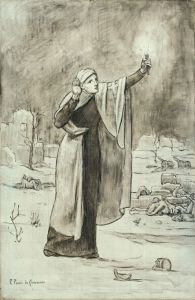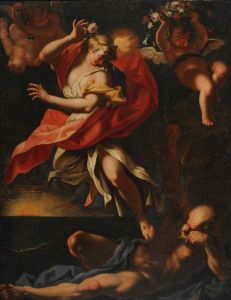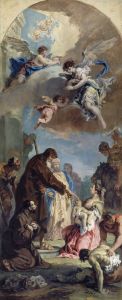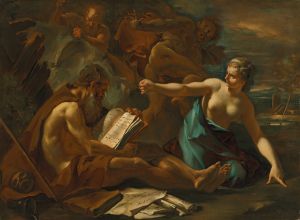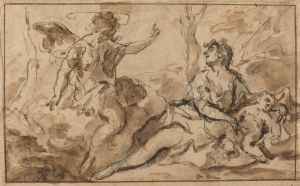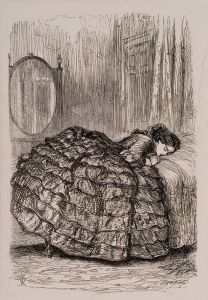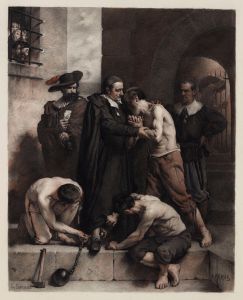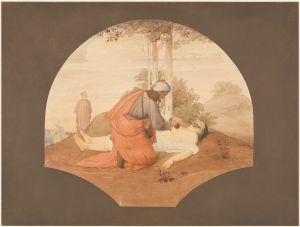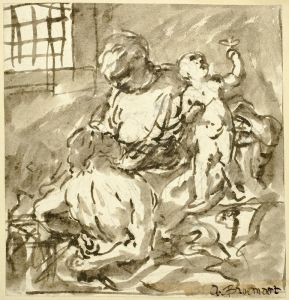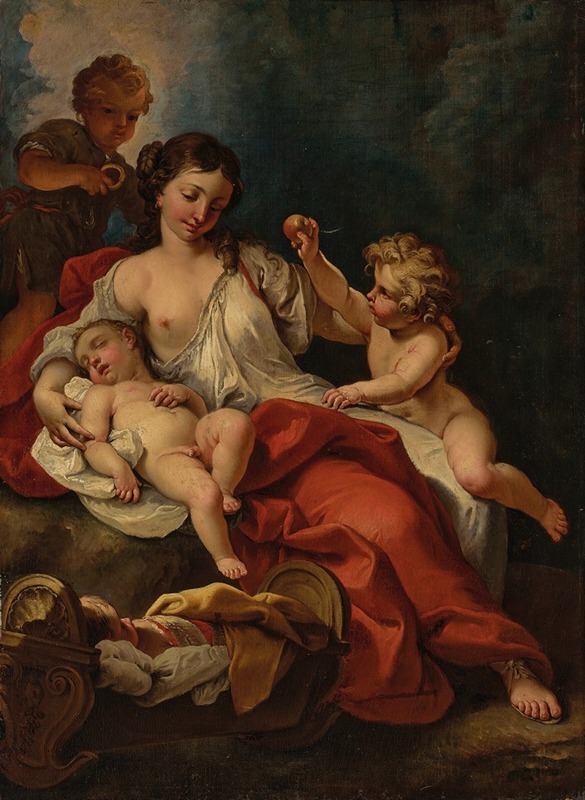
Allegory of Charity
A hand-painted replica of Sebastiano Ricci’s masterpiece Allegory of Charity, meticulously crafted by professional artists to capture the true essence of the original. Each piece is created with museum-quality canvas and rare mineral pigments, carefully painted by experienced artists with delicate brushstrokes and rich, layered colors to perfectly recreate the texture of the original artwork. Unlike machine-printed reproductions, this hand-painted version brings the painting to life, infused with the artist’s emotions and skill in every stroke. Whether for personal collection or home decoration, it instantly elevates the artistic atmosphere of any space.
Sebastiano Ricci's Allegory of Charity is a painting attributed to the Venetian artist Sebastiano Ricci (1659–1734), a prominent figure of the late Baroque period. Ricci was known for his dynamic compositions, vibrant color palette, and the influence of Venetian painting traditions, which he combined with elements of the broader European Baroque style. His works often depicted religious, mythological, and allegorical themes, reflecting the artistic trends of his time.
The painting Allegory of Charity represents the virtue of Charity, a common subject in Baroque art. Charity is traditionally personified as a maternal figure surrounded by children, symbolizing love, care, and generosity. In Ricci's depiction, the central figure is a woman, likely representing Charity, who is shown nurturing or interacting with children. This imagery aligns with the classical iconography of Charity, emphasizing maternal affection and selflessness.
Ricci's use of color and light in this work demonstrates his mastery of Venetian painting techniques. Warm tones and soft transitions between light and shadow create a sense of harmony and emotional warmth, enhancing the theme of benevolence. The composition is dynamic yet balanced, with the figures arranged in a way that guides the viewer's eye through the scene.
The exact date of the painting's creation is not definitively documented, but it is consistent with Ricci's mature style, which developed during the late 17th and early 18th centuries. During this period, Ricci worked in various cities across Europe, including Venice, Florence, Vienna, and London, gaining widespread recognition for his frescoes, altarpieces, and easel paintings.
Allegory of Charity reflects Ricci's ability to blend the grandeur of Baroque art with the lyrical qualities of Venetian painting. While the painting's current location and provenance may not be widely documented, it remains an example of Ricci's skill in conveying complex allegorical themes through accessible and emotionally resonant imagery.
As with many works from this period, the painting serves both an aesthetic and didactic purpose, aiming to inspire viewers to embody the virtue of Charity in their own lives. Ricci's contribution to the Baroque movement and his influence on subsequent generations of artists solidify his place as one of the key figures in the history of European art.







